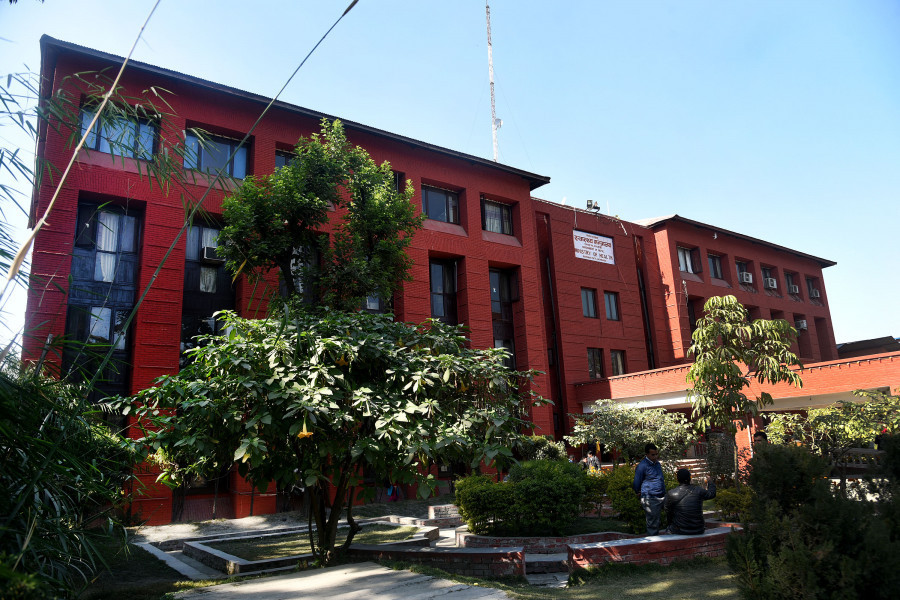National
Health Ministry slashes two-thirds budget for treatment of non-communicable diseases
Only Rs40 million has been allocated for medicines of non-communicable diseases this year, compared to Rs135 million last year.
Arjun Poudel
Two out of three deaths in Nepal are blamed on non-communicable diseases, but the Ministry of Health and Population has cut the budget by around two thirds this year meant for medicines used to treat non-communicable diseases free of cost compared to the funds allocated last fiscal year.
According to officials at the Epidemiology and Disease Control Division, only Rs40 million has been allocated to purchase medicines for noncommunicable diseases to be distributed free of charge from state-run health facilities across the country.
Last year, Rs 135 million was set aside for purchasing medicines for the treatment of non-communicable diseases—hypertension, diabetes, chronic pulmonary disease and mental health—meant for free distribution from health facilities in 51 districts.
“We have decided to take the programme of distributing medicines for non-communicable diseases across the country starting this year,” Dr Phanindra Prasad Baral, chief of non- communicable disease and mental health section of the division, told the Post. “But the budget for the programme has been reduced this year.”
Non-communicable diseases are held responsible for 66 percent of the total deaths in Nepal.
Several studies, including Nepal Burden of Disease, STEP survey on non-communicable diseases and others, show prevalence and risk of non-communicable diseases surpassing communicable diseases.
Nepal Burden of Disease conducted in 2017 shows two in every three deaths in Nepal are caused by non-communicable diseases—heart disease, chronic obstructive pulmonary disease, lower respiratory infection and stroke.
The report of the STEP survey on non-communicable disease risk factors, jointly carried out by the World Health Organization, the Ministry of Health and Population and the Nepal Health Research Council, shows alarming signs on a number of issues—alcohol consumption, tobacco use, salt and junk food intake, vegetable and fruits intake, and the risk of cardiovascular diseases.
Both studies showed changing age structure and lifestyle—increasing sedentary behaviour, tobacco and alcohol use, and unhealthy diets—as the main causes of the rise in non-communicable diseases.
The findings, based on the Global Burden of Disease study, have also identified high blood pressure, smoking and high blood glucose levels as the main risk factors in the deaths and disability in the country.
According to Baral, the division’s plan to extend the programme of distributing medicines of non-communicable diseases to health facilities in 51 districts from 30 districts faced problems due to the Covid-19 pandemic.
“We don’t know what the ongoing pandemic will do, but we have already started training health workers on administering medicines of non-communicable diseases,” added Baral. “Under the programme, screening of breast and cervical cancer will also be taught. Medicines will be made available upto the health post level.”
The Ministry of Health and Population provides more than 70 types of medicines of communicable and non-communicable diseases for all district hospitals having at least 25 beds. Patients get more than 60 types of essential medicines from primary healthcare centres and 35 types of drugs from health posts.




 14.12°C Kathmandu
14.12°C Kathmandu















